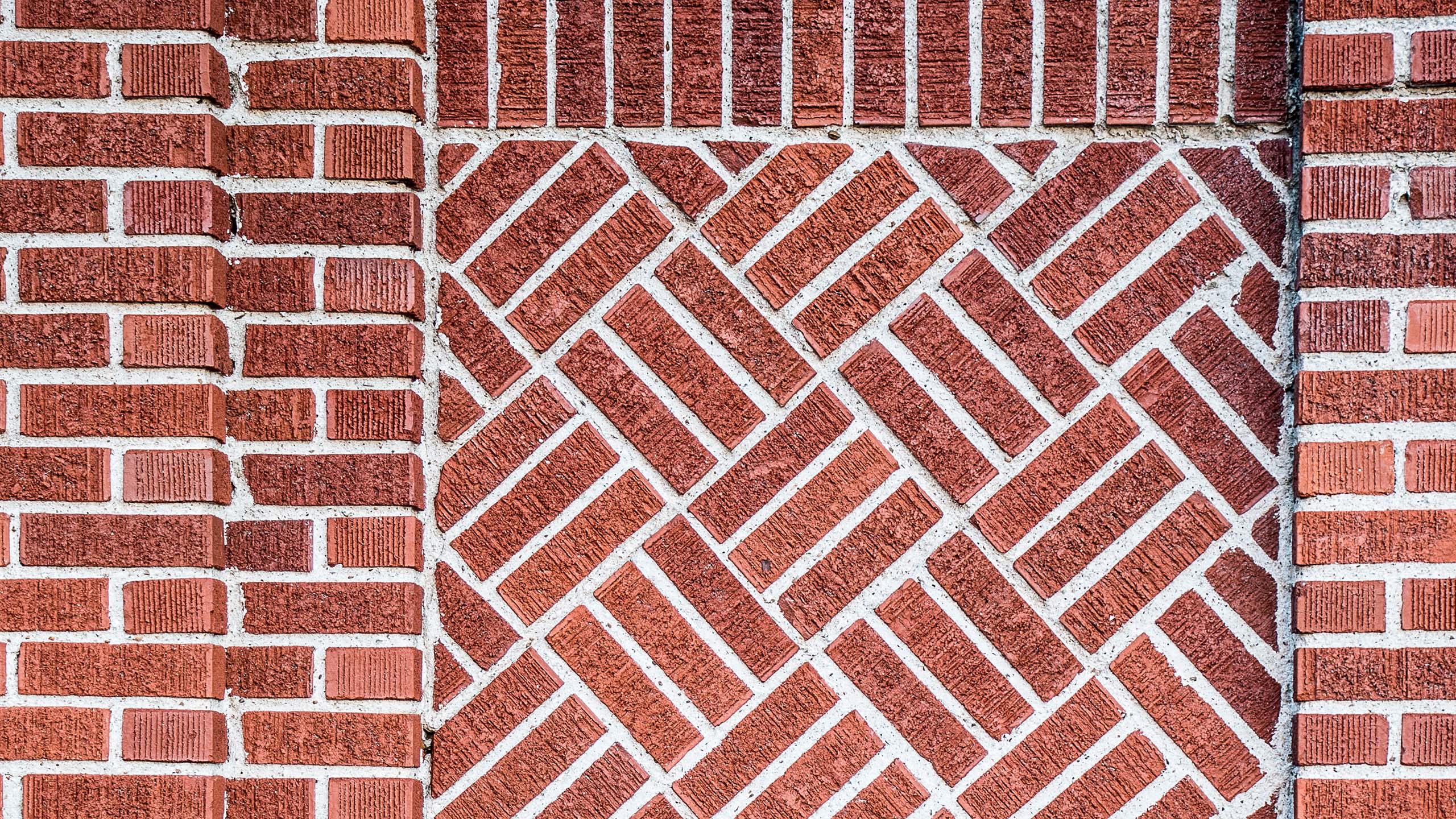
Introduction
What is considered as architectural detailing in brickwork?
The warranty provider considers architectural detailing as brickwork patterns that result in bricks being partly projected out from the face of the wall.
Below is an example of a ‘saw-tooth' or 'wave pattern' where the tops of the bricks project out from the face of the wall.
What are the warranty provider's concerns surrounding architectural detailing?
The use of architectural detailing using brickwork as described is exposing clay and concrete brick units to greater durability challenges due to the effects of weather and a greater amount of their surface area being exposed to weather when laid e.g. the tops of units, deep insets, projections.
Where the proposed projecting bricks include frogs or perforations this can have a negative impact upon the integrity and thus durability of the brick, potentially reducing the service life of the brick below the required 60 years as required by our warranty.
When consulted, brick manufacturers often confirm that a reduction in life expectancy and weather-related degradation can result when using such detailing if the units are not suited to the intended purpose. The image provided was a situation presented to the respective brick manufacturer and they confirmed that the lifespan of their brick would be reduced to 30 years from the 60 years anticipated when laid in the traditional manner.
Warranty stance
For the avoidance of doubt, the brick manufacturer should confirm the expected durability of the product in the proposed use will meet our warranty service life requirement of 60 years.
Where architectural features created from brickwork reduce the service life below this requirement, it is considered to compromise the ability of the constructed element in meeting with the Functional Requirements and Performance Standards stipulated by the Technical Manual, notably those relating to the durability and resistance to moisture of an external wall, and those relating to protecting materials to avoid any early deterioration.
What developers should action after reading this document?
To ensure that the correct brick is being used for the proposed detailing, the exposure of the brick needs to be considered and whether there is a risk to durability e.g. due to any faces, perforations or frogs becoming exposed. If this is the case, then a referral needs to be made to the brick manufacturer so that they can confirm the brick service life will be not less than 60 years.
In addition to the issues of the reduced service life, the developer should also be mindful of achieving appropriate detailing around sections of masonry that require closing for water penetration and fire safety requirements – notably as a non-standard brickwork pattern can present a non-uniform contact face for vertical DPC and cavity barriers, thus creating a suitable functional union between the masonry and DPC/cavity barrier component.
Download a PDF version of this article
Subscribe to get regular technical updates
Disclaimer
This technical document has been prepared by Premier Guarantee exclusively for the benefit of our registered customers. Its sole purpose is to provide guidance on the utilisation and interpretation of technical requirements pertinent to the warranty cover offered by Premier Guarantee.
Please note that this document is not intended for circulation or use beyond the aforementioned purpose. The information presented herein is for general guidance only and does not constitute professional advice. Registered customers and any other party accessing this document are advised not to rely solely on the information contained within.
Nothing in this document is intended to establish, nor should it be construed as creating, any contractual or legal obligations. In the event that any third party chooses to rely on the information provided, they do so entirely at their own risk. Premier Guarantee explicitly disclaims any duty of care or liability that may arise from the use of or reliance on this document by any third party, howsoever arising.
properties.trackTitle
properties.trackSubtitle